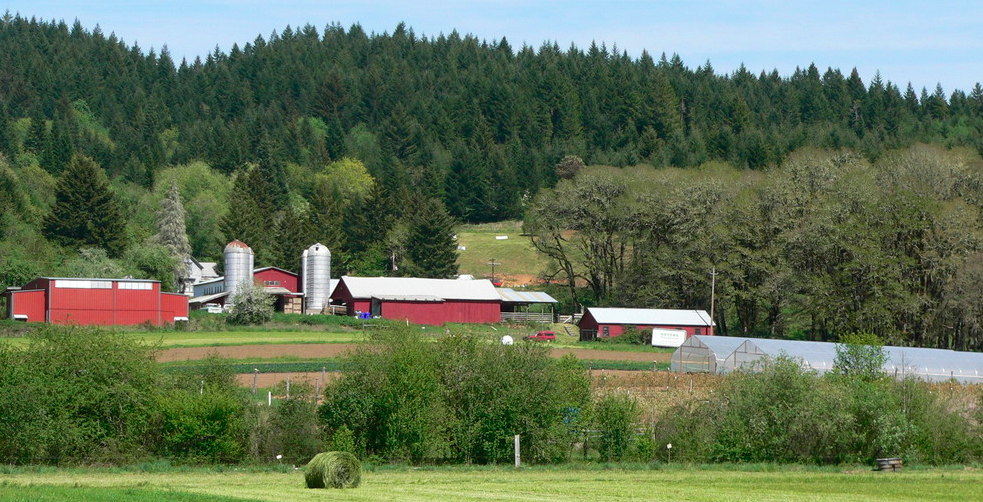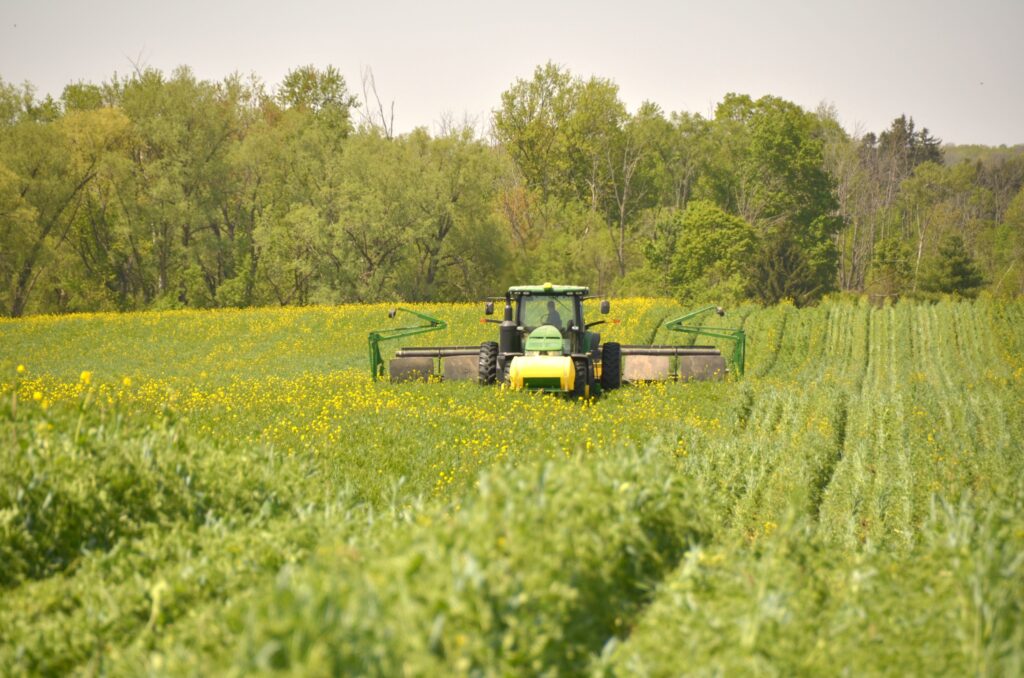https://www.agproud.com/articles/60320-are-all-bales-harvested-from-a-single-hayfield-created-equal
Photo by Mike Dixon.
Are all bales harvested from a single hayfield created equal?
Michael Reuter September 18, 2024
Improper samples contribute to the biggest error in the forage analysis process and result in over- or underfeeding nutrients and prove costly to the animal’s nutrition and health and to your pocketbook.
As the calendar has turned to autumn and the hay harvest season continues in full swing across the country, forage analysis labs expect to be hit by a tidal wave of samples from clients. These customers are looking to gauge the quality and nutritional profile of the product they have produced fo r on-farm use or for resale, while others may be using the data to make a purchasing decision based upon the nutritional needs of their livestock.
To obtain the best nutritional profile of your hay, one of the most important points to remember is that the forage analysis process begins on the farm and not the moment the sample arrives at the lab.
Where does the analysis process begin on the farm? With sampling! It’s a step many (or even most) times we all take for granted, but it is the most critical part of the process and the one that is the main driver of the results returned to the customer. Always remember the golden rule: “An analysis is only as good as the sample submitted.”
How do you collect a “good” sample? The key to submitting a good sample is to collect several subsamples to form a composite. Remember, the 1-pound sample you submit for analysis is going to potentially represent several tons of forage. Thus, you want to be sure the sample represents a good cross-section of the forage, not just one bale. For example, if you sampled the worst bale in the lot, feeding recommendations based on this information would result in overfeeding and increased feed costs. A composite sample properly collected will always be more representative of your forage source.
Now that we’ve established that sampling is a vital driver in the forage analysis process, how is it performed properly? Let’s keep our focus on hay but realize that proper sampling is essential to all sample types submitted for analysis.
Hays of different types, cuttings or lots should be sampled separately. Using a Penn State Forage Sampler (or other suitable hay probe), core 12 to 20 bales selected at random. For square bales, sample through the center of the small square end (perpendicular to the slices). For round bales, sample on the curved side with a core perpendicular to the side. Combine all core samples and submit in a clean quart or liter-sized zip-close-style plastic bag.
So how does all this information relate to the title of this article? Well, the questions we receive at the lab quite often are as follows: Can bales from the same field really vary that much in composition? Isn’t it all the same exact hay since we took all the bales from the same place? The answer to the first question is a resounding yes and to the second, no. Let’s look at some data from a small internal study conducted at Equi-Analytical with the help of a customer who supports these answers.
To set the stage, here are some background details connected to this study.
~~Click the link above, to read more.














